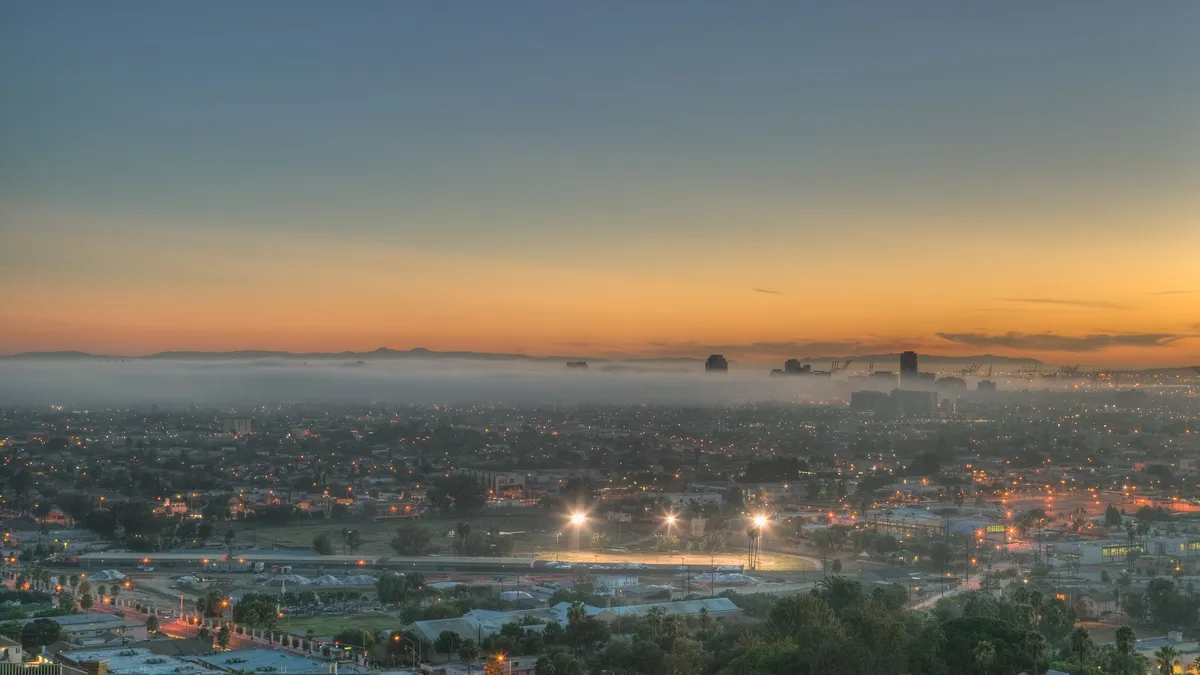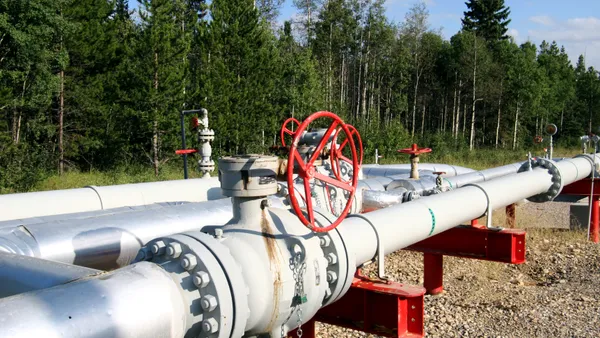Two years since the coronavirus pandemic began, and energy utilities are still facing a revenue crunch. The main culprit? Customers continue to struggle paying their past due balances.
The National Energy Assistance Directors' Association reports that U.S. households owe energy providers around $20 billion – that's 67% higher than pre-pandemic times. Energy utilities are now focusing their efforts on recovering this accumulated money – and they are realizing the same old bill collection strategy just won't cut it.
During the height of the pandemic, mandatory and voluntary shutoff moratoriums in most states ensured that customers would not lose electric service even as unpaid bills piled up. This was an important move for the energy industry, earning considerable goodwill from customers.
However, the moratoriums have allowed past-due balances to snowball, and energy utilities must find new ways to recover this revenue and provide support to customers in need.
According to the U.S. Census Bureau, one in five U.S. adults live in households unable to pay all their utility bills. Another study by Help Advisor found that 20 percent of Americans had trouble paying their energy bill in full, at least one time, in the past year.

A Proactive, Personalized Approach
With the growing number of customers facing financial hardship, energy utilities are rethinking a one-size-fits-all approach to bill collection. And they're finding that payment arrangements are not enough.
In fact, the Prepay Energy Working Group reports that payment arrangements fail over 60 percent of the time with over 22 percent becoming write-offs. That's why it's essential for energy utilities to be proactive when reaching out to customers struggling to pay their monthly bill. Utilities must connect with these customers before past-due balances grow out of reach.
Many customers don't seek out help or even know it's available until they've already fallen behind on their bill. By sharing program information when they need it most, utilities can ease customers' concerns and show they are understanding of their circumstances.
In addition to proactive messaging, personalization is key to reach more customers. Instead of a one-size-fits-all approach to delinquent accounts, utilities are taking advantage of personalized, customer-centric communications. By using segmentation, utilities are not only seeing a boost in collection rates – they are also creating an improved customer experience that leads to long-term satisfaction.
Email communications should be relevant to different segments of the target audience. In other words, don't send the same generic message to every customer with a past-due balance. Customers who are recently facing financial hardship have a much different understanding of their utility's payment assistance programs than customers who have enrolled in the past.
In today's world of hyper-personalization – from what TV shows we're watching to what apps we're using – customers expect communications tailored to them. One study reported that 74% of energy utility customers find mass marketing frustrating.
Plus, a personalized message resonates with a particular target audience and captures attention. According to Questline's 2021 Energy Utility Benchmarks Report, personalized emails deliver six times higher transaction rates. With personalization, energy utilities have a better chance of reaching the right customers who may benefit from a specific payment option or assistance program.
Easy Enrollment in Payment Assistance Programs
To increase the number of customers participating in payment assistance programs or deferred payment plans, the enrollment steps need to be simple and straightforward. The most successful programs offer one-click enrollment and don't require complicated processes (such as customers having to track down their account number).
To make it easy for customer to enroll, some utilities will use dynamic data to pre-populate a customer's name, account number and balance due. For a Northeast energy utility, a one-click enrollment process and easy-to-understand communications garnered nearly 12,000 enrollments within the first 72 hours of the email deployment.
When it comes to helping customers facing financial hardship, it starts with communicating billing options and payment assistance program information before it's too late. With a proactive, personalized approach, energy utilities can improve bill collection while also building a better customer experience.









